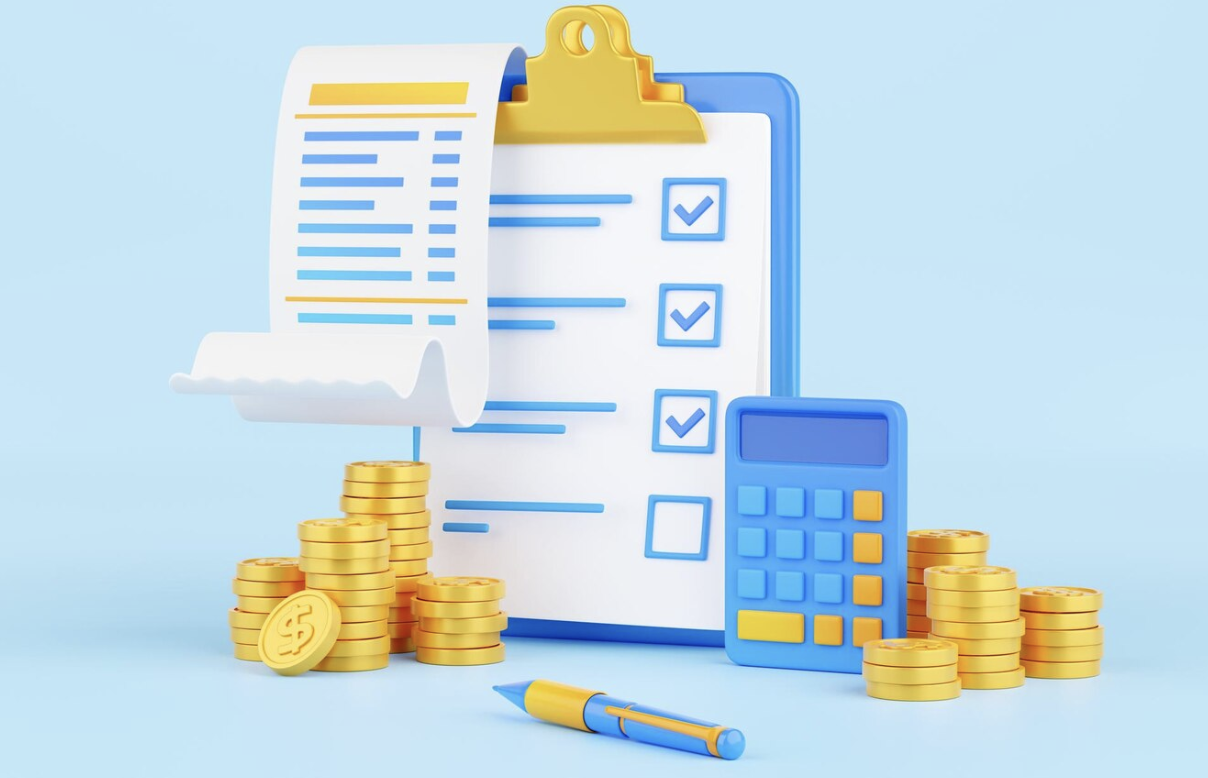Pricing Strategy 101

A business pricing strategy can make or break any startup company. If you’re starting out and getting new clients, setting prices low may seem like a great strategy to get started but this may not always be the best way to go. Setting prices too low may send out a perception of low value to your prospective customers.
On the other hand, positioning your product as a higher price may not necessarily turn off the majority of buyers which you may expect. In fact, setting a higher price can attract higher paying crowd.
This is because your prospects will perceive you as someone that offers a premium service.
Although a high price may not be possible for everyone, you should always put up a price that’s indicative of the value you provide, a fair price. Not too high where you cannot deliver on the promises but also not too low.
The goal is to increase your price gradually, through increasing the value you deliver to your customers. People’s goal when they shop is to buy a specific result. People will buy for the result, and if the value is high enough, many are willing to pay a high price.
How Much Are Ronaldo’s Sneakers Worth?
If Ronaldo were to walk up to you and say: “here are my sneakers, take it” how much would that be worth to you?
I would guess the shoes that Ronaldo wear, the exact shoes that he wears to his games, signed would be worth millions of dollars.
But what’s the difference between a sneaker from your local shoes store versus a sneaker that Ronaldo personally signed and gives to you.
The difference is in how it is perceived. One is an everyday sneaker, the other was a sneaker worn by one of the greatest football players of all time.
The function of the sneaker is exactly the same. Functionality it is exactly the same sneaker. But one has a different perception, and thus can herald a higher value.
This is why your price is determined by your branding. All of your competitors out there are pretty offering the same thing, but what’s going to increase your price is the branding and how much it’s worth.
I would like to first cover some pricing models which you can use to position your product.
Competitive based pricing
Most businesses price their product based on their competitors. If their competitors charge a certain price, they will charge a price that’s slightly higher or slightly lower than them but not uniquely set.
Competitive pricing has its place. It’s a good strategy to price based on your competitors because you can’t go wrong being at industry standard. Basing your price on your competitors makes sure that you can give your consumers a good deal.
Competitive pricing is also good because of risk management, if you charge too high or too low for example, it may not be good for your product perception. But charging a competitor’s price is a safe way to price your product.
The drawback of competitive pricing is that you’re limited to what the market charges, you won’t be a market leader and you’re not unique. Competitive based pricing starts with conducting a competitor analysis to assess the best price to place against your competitor’s pricing.
Value Based Pricing
Value based pricing is the pricing model that I recommend entrepreneurs take. This is the pricing that matches your product with the value that you are providing. If the value that you are providing is great, then you will be able to bump up your price.
Even though the prices are high, as long as your product is good AND perceived as being good, you’re able to herald a higher price. This is great because the prices in value-based pricing is dictated by you, the business owner.
A value-based pricing also allows you to differentiate yourself from competitors, which prevents you from engaging in price wars where everyone loses.
A lesser-known benefit of using this pricing model is that it encourages innovation. You’re incentivized to constantly be improving your offer and product whereas a more fixed pricing model such as competitor-based pricing may mean that your offer is always dictated by your competitors and your market.
As a good practice, you want to be anticipating what your market is going to want in the future rather than what is in trend right now, value-based pricing helps in this regard.
Finally value based pricing can help in profit margins, you’re able to hit your revenue target because of the high prices you charge.
A downside of value-based pricing on the other hand is that it may turn away low paying buyers. Your target market may be smaller than if your pricing is based on your competitors. There are pros and cons to both value-based pricing and competitor-based pricing.
Dynamic Pricing
Dynamic pricing is all about setting price based on the demand of a product. If for example a company is creating a new product where it’s new to many audiences, you can set a high price, whilst lowering the price down as more consumers become aware of it. The market demand for new products is always highest at the beginning, so it makes sense to set a higher price.
Another use of dynamic pricing can be used for example in the case of an inventory of an item being low, you can discount the price and sell it off when demand is low. On the other hand, you can increase the price when an item becomes scarce in the marketplace.
The downside of dynamic pricing is that if you use this tactic too much, customers may question why do the prices keep changing. A customer that has gotten in a product at a high price may get angry that suddenly a few months later the same product has become a low price, which may cause confusion.
A dynamic pricing model may require an agile team as well, and may not even work for larger corporations where changes from top down are slow.
The Importance of Pricing
As price is going to be the work in exchange for your output, it’s extremely important to get this part right.
If you’re able to save time, money and energy for your client in exchange for your work, then I believe you should be able to herald a high price.
Setting the wrong price could mean a business will not be able to scale. Why do all the marketing and lead generation to end at the end of the day with the wrong price. Setting the right price also comes with your deliverables, if you’re able to add value and plusses to your deliverable, you can raise your price.
As long as the client is able to receive value, then there’s a high price.
Here are some other pricing models you can adapt:
1.Subscription based
A subscription-based model is all about receiving a certain service that’s subscription based. Netflix for example is a company that’s using a subscription-based pricing model. In fact, many SaaS companies use the subscription-based model to sell their services. Others can include insurance, magazines and food services.
2. Flat fee pricing
For those that are in the service-based business, flat fee pricing is going to be the most popular. For a certain aspect of a deliverable, for example in my case, one bundle of copy, there’ll be a flat fee for the work I do.
3. Retainer + commission
In businesses that involve marketing, design or sales – there’s a monthly fee plus a percentage of sales generated is another common price model.
4. Bundle pricing
Bundle pricing is to have a bunch of products and bundled together while giving a discounted price.
5. Performance based pricing model
This is a pricing model where a percentage of sales that is documented will be accepted as payment.
6. Equity based pricing model
Equity based pricing is all about rendering a service in exchange for company equity.
7. Hourly rate pricing model
You’re charging a company based on your time, in particular, your hourly rate for your service.
Why is pricing important in marketing
Based on the 4Ps of marketing – product, pricing, place, promotion. Pricing comes second after the product. Pricing will always be dependent on customer demand, if demand is high, then price will be high. Or on the other hand, if your brand is at demand, then you can also herald a high price.
Anytime something is sold, the first that comes up is the price – “how much” which highlights the importance of priing. Pricing has a huge impact on the effective of a marketing campaign. A good product should have a suitable price to accompany it.
A good price is one that benefits both the consumer and also the receiver. An imbalance in both aspects is bad, if the consumer benefits at the expense of the seller, then there is no profit. But on the other hand, if the seller benefits at the expense of the buyer, then that’s called a scam. It’s in both an equal value exchange where demand for a product is created.



0 Comments